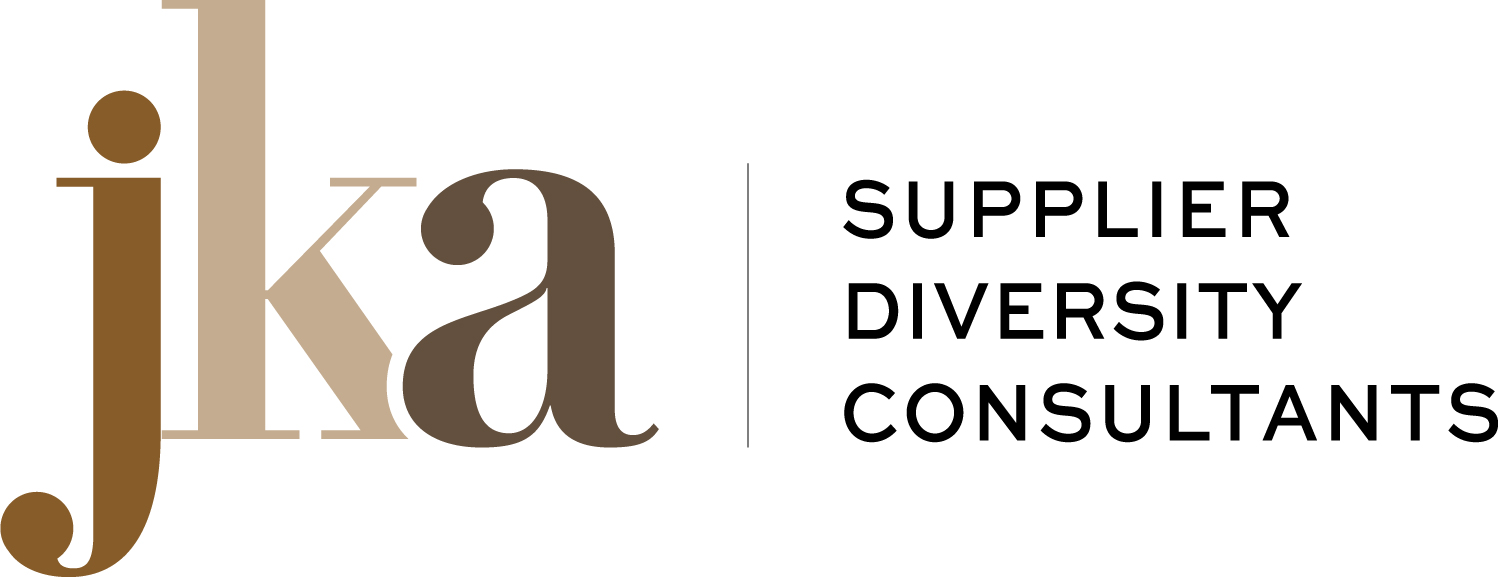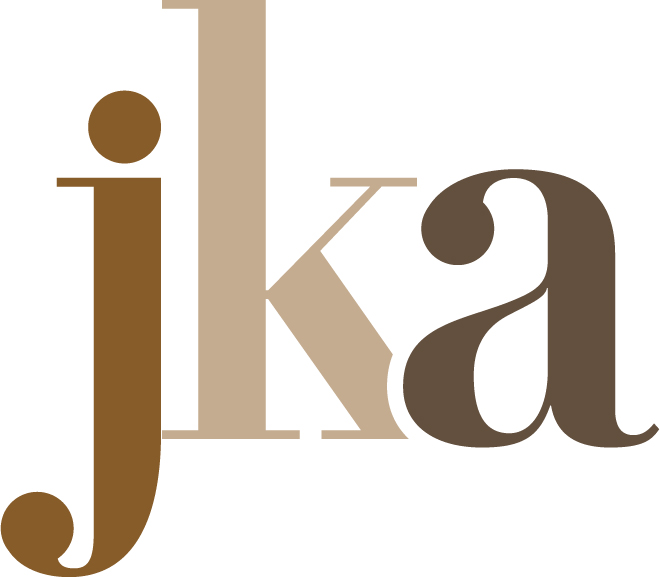One of the biggest opportunities out there for businesses of all sizes is when a Request for Proposal is sent out by government agencies. Putting together a response to an RFP can mean a ton of work for you and your staff, as it takes time to gather all of the necessary materials, but the payoff can be well worth it.
A large part of my business has been advising folks on how to win proposals from government agencies. As they are typically the largest purchasers of goods and services throughout the United States, winning can be a surefire way to grow both your company and your income. When you are looking to respond to an RFP, there are a number of steps you can take to increase your chances to land their business, many of which we will be covering extensively in our upcoming Responding to RFPs Workshop. Here are just five of the topics we will be exploring:
12. Do Your Market Research
It’s been said that luck is what happens when preparation meets opportunity. Receiving an RFP is the opportunity part, which means that you have to be fully prepared to win!
In order to increase your win rates with government agencies, it’s imperative that you have done your “homework.” Market research about the target audience should always have been done ahead of time. You should identify what government agencies are buying and who the buyers are. You should also attempt to gain insight into who the government agency is working with at the moment, what is working well for them, and what could be improved. All of this research should be done well in advance of when projects go out to bid. Make sure that “luck” comes your way by doing market research!
2. Create a GO/NO Process
I’m a firm believer that lists are one of the most useful tools that a small business owner has at their disposal. A detailed list can make sure that you never miss a single step, with all the “t”s crossed and the “i”s dotted.
When you are responding to an RFP, you should create what I like to call a GO/NO process. This is essentially a comprehensive checklist to help you identify attributes of government contracts that are in alignment with your company’s mission, goals, and capabilities. Here are some examples of what could be included in a GO/NO checklist:
- Bid Due/Start State
- Bonding Requirements
- Project Size
- Location of the Project
- Scope of Work
- Project Start-Up Costs
- Staffing Requirements
- Experience and Past Performance Requirements
- Profitability
3. Automate Search Engines to Always Be Informed
When responding to RFPs, it can often seem like some companies have the inside track. It’s almost as if they know what’s coming before it happens. Well, it isn’t fortune telling, it’s just simple search engine preparation and management.
Your company should establish automated search engines within government portals so that you are always well informed of government RFPs that are coming out for bid. If set up correctly, they can give you an almost immediate heads up, leaving you with lots of time to put together your proposal response.
There are also some services that will automatically inform you of the different incumbent vendors and when current contracts are expiring. This can be a potentially worthwhile investment for businesses of any size, as they can help you stay abreast of upcoming projects.
4. Think Like a Proposal Evaluator
When you are trying to close a sale, you should always put yourself in your customer’s shoes. By understanding what the customer needs, you can anticipate and make sure that they feel taken care of, rather than being set adrift.
You need to adopt this mindset when you are responding to Requests for Proposals (RFPs) from government agencies. Put yourself in the shoes of a proposal evaluator and ask yourself if your proposal response is both attractive and effective. Would you positively respond to this proposal if it was sent to you? It is crucial that all questions are answered in a simple and easy-to-understand manner. This means eliminating all marketing fluff from your proposal and staying on point when describing who you are, what you do, and your proposed approach to a government solicitation.
5. Teamwork: Strengthen Your Network
You’re only as strong as your team.
By creating a team of professionals who will assist you with delivering a high-quality RFP response, you can massively grow your win rate. This team may include numerous professionals including a subject matter expert, proofreader, graphic designer, and administrative assistant.
A subject matter expert can make sure that your proposal’s content is on point and accurate. A proofreader will make sure there aren’t any grammar or spelling mistakes anywhere in the proposal. A graphic designer can take boring, dry copy and make it into an attractive and visually engaging proposal. And an administrative assistant will make sure that the proposal is filed with time to spare.
Mind you, this can be quite an extensive staff for some small business. If you are working with a limited budget, many of these tasks can be accomplished inexpensively by outsourcing these tasks to third-party vendors.
Creating an effective and attractive response to RFPs can be challenging. You need to know precisely how to target a government agency’s evaluation criteria in a clear and precise way. This is why we are holding an upcoming workshop focusing on how to respond to RFPs to increase your win rate. If you’ve bid in the past with no success, we can help you develop a successful strategy. This workshop will fill up fast so if you want to consistently get RFP wins, sign up to reserve your spot ASAP!





